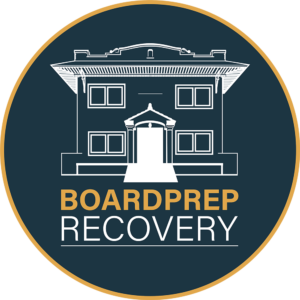The findings of recent research by the National Institute on Drug Abuse (NIDA) demonstrate both the potentially lifer-saving value of getting medically assisted treatment if you have an opioid use disorder (OUD, a.k.a. opioid dependency or addiction). In the study, of the roughly 50,000 adults who received outpatient treatment for opioid use disorder, there were significantly fewer overdose deaths among those who were treated with opioid agonist medications than among those treated with non-medication approaches.[1]
Two further significant findings coming from this same study were: 1) the possibility of dying from an opioid overdose increased after a person was discharged from treatment (in addition to the loss of the protective effect of medication treatment versus non-medication treatment); and 2) a lowered risk of overdose after discharge from treatment was associated with longer time on medication treatment (especially more than 12 months).[2]
At the basis of this NIDA study are decades of research on and in-the-field use of addiction medicine, including opioid agonist medications—methadone and buprenorphine—as well as the opioid antagonist naltrexone. Each of these have been shown to be effective, readily available treatments for people experiencing opioid use disorder (OUD).
Unfortunately, however, the vast majority of those who seek recovery from and want help with an OUD only receive counseling, drug testing, peer support or education.[3]
Led by Dr. Noa Krawczyk from the NYU Grossman School of Medicine and colleagues from the Johns Hopkins Bloomberg School of Public Health and other partner institutions, the research team analyzed treatment data and state death records of patients from Maryland with OUD to show that those who were treated with agonist medications were less likely to die from an overdose than those who only received non-medication forms of care or support (called “non-medication treatment” for purposes of the study).
Dr. Krawczyk said, “This is one of the first state-wide studies in the United States to quantify the significant role that agonist medication treatments play in reducing overdose risk relative to treatments that do not involve medications, which unfortunately continue to be the norm in our country.”[4]
The treatment data was analyzed by the researchers for over 48,000 adults seeking specialty outpatient treatment for OUD from over 750 Maryland addiction treatment providers. This data was then linked to state death records, comparing overdose death rates for patients who received medication treatment with methadone or buprenorphine with those who received non-medication treatment.
The results of their analysis demonstrated medication-supported treatment during therapy was significantly more effective (than non-medication-supported treatment) for preventing overdose deaths. Statistically, the risk of overdose death was nearly five times lower for those who received medication therapy than for those who only received other forms of care and support.
A further finding was that for those who received medication treatment, the risk of overdose death after discharge decreased overall. This was especially true “the longer the patient had remained in treatment, especially after 12 or more months.”
It was also reported, “Patients who had received medication treatment remained in treatment much longer than those who had received no medication treatment (248 days versus 22 days).”
The NIDA-supported study demonstrates that outpatient medication treatment for OUD, including in community-based addiction clinics, can reduce overdose deaths.
Dr. Krawczyk concluded this study has several important implications for the field of addiction medicine. “From a policy perspective, more needs to be done to encourage and require treatment programs for OUD to offer and prioritize medication treatment, especially programs that serve those least likely to get these medications, such as youth, people experiencing homelessness, and people who are justice involved. But engagement in medication treatment is not enough on its own—we also need to work harder to improve retention in care, by making treatment more welcoming, less burdensome and more patient-centered.”[5]
[2] Ibid.
[3] Ibid.
[4] Ibid.
[5] Ibid.






